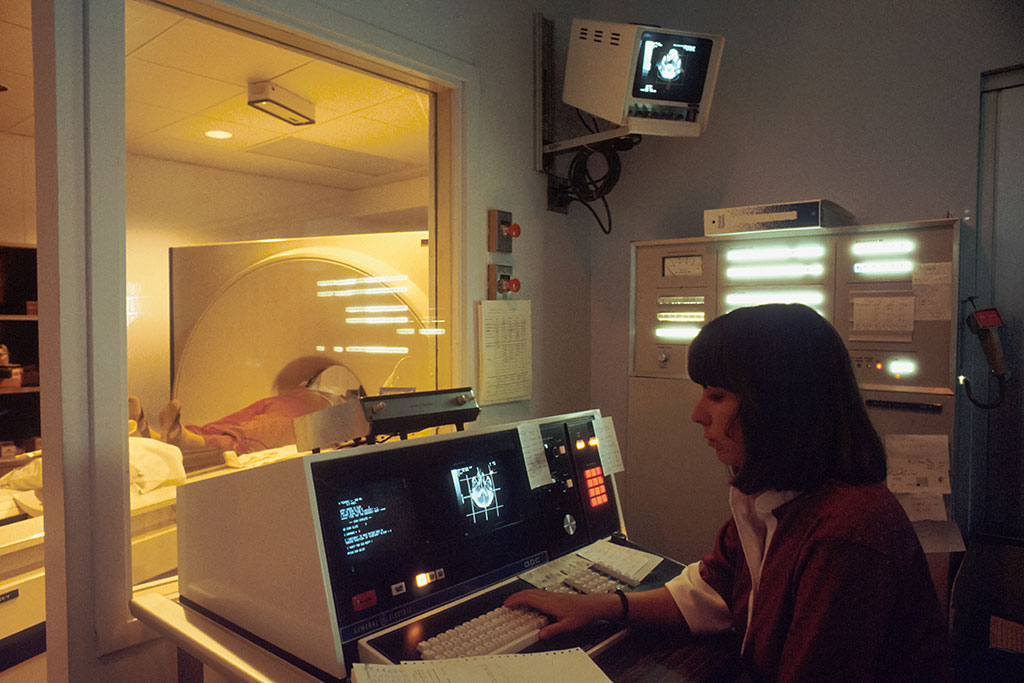New Quantitative Imaging Markers Could Improve Cancer Detection, Diagnosis and Treatment
Posted on 24 Mar 2022
Medical imaging is an essential tool to help doctors and scientists assess the size and scope of a tumor that will be effectively removed by surgery, as well as the rate at which tumors shrink in response to medical interventions such as chemotherapy or radiation therapy. Researchers are now investigating multiple avenues, including the development of quantitative imaging markers, to help improve medical imaging use in cancer detection, diagnosis and treatment.
Researchers at the Oklahoma Center of Medical Imaging for Translational Cancer Research (Norman, OK, USA) are developing quantitative imaging markers to provide an objective measure or index that can reduce subjectivity and improve consistency for medical image diagnosis using two primary types of research approaches. The first approach is to develop new investigative cutting-edge imaging modalities to expand ability of doctors to see or detect more detailed tumor internal structures such as using the advanced optical imaging modalities and technology. The second is to explore and extract more effective image features from the existing clinical imaging modalities - like CT, MRI and X-ray images - and then using artificial intelligence or machine learning models to develop new quantitative imaging markers to help reduce subjectivity and variability of cancer diagnosis and predicting cancer prognosis.

The center is beginning with four projects currently underway. In the first project, the researchers are using improved imaging modalities and quantitative markers to more clearly define the margin of a tumor to improve patient outcomes. The second project will focus on developing a 3D super-resolution optical microscope as a novel and unique method which enables researchers to better understand the intracellular pathways that nanoparticles take during transcytosis to treat tumors. The center will support the purchase of a 3D super-resolution optical microscope to allow researchers to better study nanomedicine, a branch of medicine that fuses nanotechnology and medicine for cancer treatment and prevention. The high-powered microscope will improve research in this area.
The third project aims to use artificial intelligence and machine learning with current CT imaging and pathology data to develop a model that can inform the establishment of imaging markers that can reduce subjectivity and variability of imaging results and improve patient treatment. The fourth project aims to use new investigative imaging methods, optical coherence tomography and full-field optical coherence tomography to test an exploratory cancer drug. Previous studies have shown that an anti-parasitic drug may have the potential to treat certain forms of cancer, including ovarian cancer, but more research is needed for scientists to better understand its effects.
“When some patients undergo cancer treatments, some will respond favorably while others do not. The tumor continues to grow, so if we can develop a quantitative imaging marker to predict a patient’s likelihood to respond to a certain kind of chemotherapy or treatment, we can help physicians explore an alternative approach that may be more effective,” said Bin Zheng, Ph.D., a professor and Oklahoma TSET Cancer Research Scholar in the Gallogly College of Engineering’s School of Electrical and Computer Engineering, is leading the center.
“We propose to develop a new approach to identify new quantitative image markers computed from three types of neuroimaging data using artificial intelligence, which enables us to more clearly define the margin of the tumor, predict the recovery of neurological deficits, and thus help improve surgical effect and survival of patients,” said Han Yuan, Ph.D., an associate professor in the Stephenson School of Biomedical Engineering at OU Norman, who is leading the project, “Neuroimaging Markers for Predicting Outcome of Brain Surgery.”
Related Links:
Oklahoma Center of Medical Imaging for Translational Cancer Research














